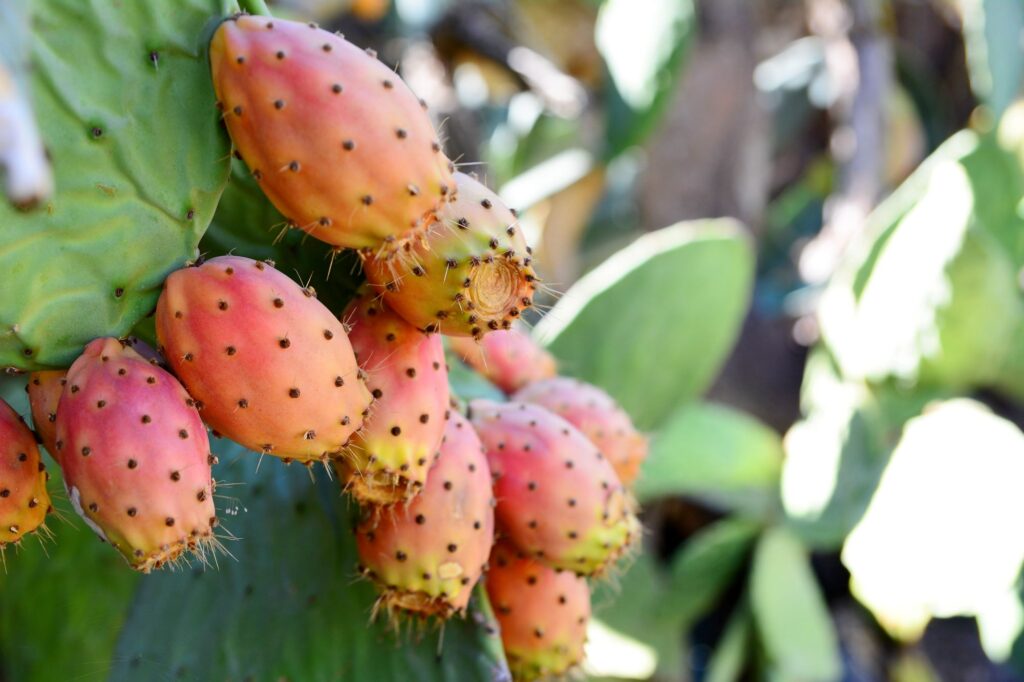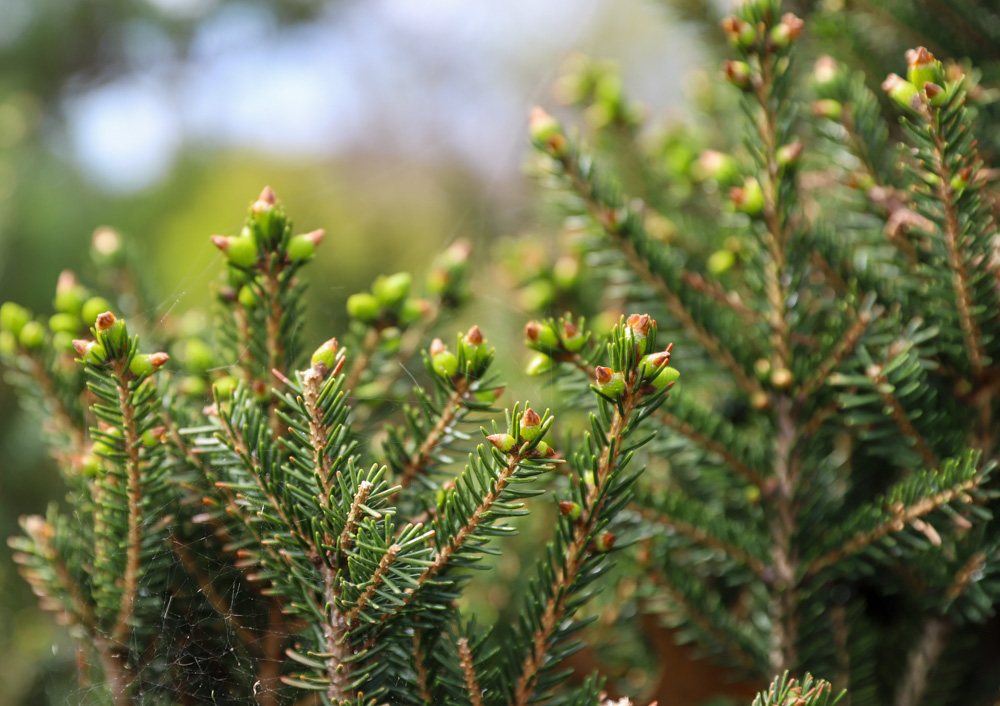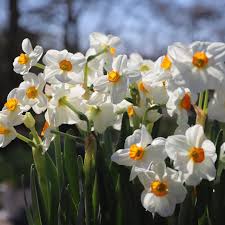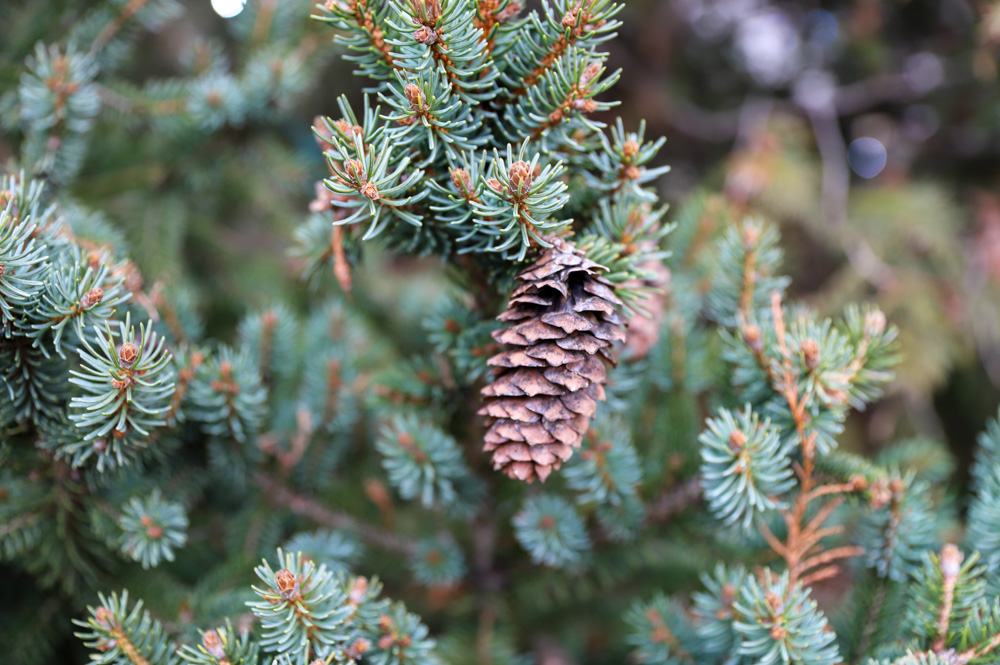
Powell Gardens, Kansas City’s botanical garden, is home to hundreds of arid plants. Arid plants like cacti, succulents, agave, and more have adapted to dry (low precipitation) regions. These plants have qualities that make them thrive in these areas! They often have extensive root systems, store water in their leaves or center, have no leaves, or have dense, waxy leaves.
During Desert Days (June 18-30, 2024) Powell Gardens will highlight the cacti and succulent collections. Visit on Saturdays for an in-person tour or take a digital tour via Garden Explorer.
What is the difference between cacti and succulents?
These plants often get confused! Succulents are a broad category of plant characterized by their ability to store water in their leaves, stems, or roots. Cacti, on the other hand, are a specific type of succulent known for their distinctive features, such as spines, areoles (small, round cushion-like structures from which spines, flowers, and new branches grow), and unique shapes. To sum it up: All cacti are succulents, but not all succulents are cacti.

The Arid Collection at Powell Gardens
As you wander through Powell Gardens, notice the array of shapes, colors, and textures that define the created desert landscape. Each plant in our collection tells a story of adaptation and survival in harsh environments.
Cacti at Powell Gardens
Cacti are a distinctive group of plants belonging to the Cactaceae family, well-adapted to thrive in arid and semi-arid environments. Cacti have thick, fleshy stems that store water, allowing them to survive prolonged periods of drought. Unlike most plants, cacti typically lack leaves. Instead, cacti feature spines that reduce water loss and provide protection from herbivores. These plants often produce vibrantly colored flowers that bloom under specific conditions. Native primarily to the Americas, cacti come in various shapes and sizes, from the towering saguaro to the compact ball cactus, making them a versatile and fascinating addition to gardens and indoor collections alike.
During Desert Days (and throughout the year), visit Powell Gardens’ cacti collection in Garden Galleries. Read about a few collection highlights currently on display below!
- The saguaro cactus (Carnegiea gigantea) is one of the world’s most recognizable cacti, capable of reaching heights up to 40 feet. This cactus is native to the Sonoran Desert in Arizona and is also their state flower.
- The jumping cactus (Cylindropuntia fulgida) is on display in Garden Galleries. Don’t touch it! The stems are covered with sharp thorns that are one to two inches long. This cactus gets its name from its ability to protect itself by dropping an arm off and sticking into whatever passes by and tries to disturb it.
- The barrel cactus (Kroenleinia grusonii) is a unique plant. Known for its cylindrical shape, the Golden Barrel Cactus can get several feet tall and wide. Its shape and size allow for significant water storage that allows it to survive a long time with no water.
Missouri’s only native cactus, the eastern prickly pear (Opuntia humifusa), can also be found at Powell Gardens! Look for a patch of this cactus near the Missouri Barn in the Heartland Harvest Garden, as well as along the Byron Schutz Trail System. This resilient cactus is native to the eastern United States. It has flat, paddle-like pads covered in clusters of spines. It grows low to the ground and produces vibrant yellow flowers and an edible red fruit known as a “tuna.” This cactus can withstand cold temperatures and receive minimal water, making it an excellent choice for Midwest gardeners!
Succulents at Powell Gardens
Succulent plants store water in their thick, fleshy leaves and stems. They are a diverse and fascinating group of plants ideal for drought-tolerant gardening. They come in a wide range of forms, colors, and textures. Succulents can thrive in conditions as varied as arid desert landscapes to decorative indoor arrangements, making them incredibly versatile. Their low-maintenance nature and striking appearance have made them popular among garden enthusiasts and novice gardeners alike.
At Powell Gardens, visitors can explore the unique beauty of succulents by visiting Garden Galleries. Look for living walls of succulents in a wavy design before venturing out to the Children’s Garden to see a coral reef made of succulents!
Powell Gardens’ four living succulent walls are housed inside Garden Galleries. Each display is approximately four feet by eight feet and is replanted every year in a new design. Succulents that grow in a rosette shape work best in this display because they hold their design all year long. Look for Echevaria (commonly called hen and chicks), jades, and sedums.
The Coral Reef is a new display in the Children’s Garden. A variety of succulents surround the winding path of our snake maze. With Celosia and Coleus, this area mimics a coral reef at the bottom of the ocean. It even has some fun toy fish for kids to find swimming in the plants!
Agave at Powell Gardens
Agave plants, often recognized for their striking rosette form and architectural beauty, are a standout succulent. Native to the arid regions of the Americas, these hardy plants are known for their ability to thrive in harsh conditions. Their thick, fleshy leaves store water, enabling them to endure prolonged periods of drought. Many agave species also feature spiny edges and sharp tips, adding an element of defense and deterrence.
In addition to their ornamental value, some agaves are economically significant. (For example, Agave tequilana is famously used in the production of tequila!) While agaves are generally low-maintenance, they do have a unique life cycle, with many species flowering only once, producing a towering bloom stalk, and then dying—a process known as monocarpic growth. Agave plants are a fascinating and functional addition to any succulent or cactus collection.
At Powell Gardens, look for agave plants in a bed near the Visitor Center. This summer display showcases agaves in all shapes and sizes. Look for two century plant agaves (Agave americana) that are almost six feet tall! Don’t miss several blue agaves (Agave tequilana) that are the varieties used to make tequila.
A unique feature of the agave display is the inclusion of mangaves. Mangaves are derived from hybridizing species in the genus Agave and the former genus Manfreda. (Manfreda is now included in Agave, so the scientific name is obsolete.) Most Mangaves grow anywhere from eight to twenty-four inches tall and wide. Leaves of a Mangaves can have fun colors and designs, making them a focal point in your landscape.
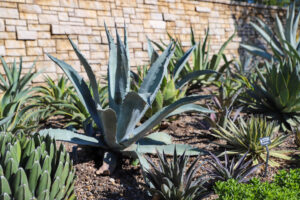
More About Desert Days
One of the highlights of Desert Days (June 18-30, 2024) is the opportunity to learn more about these fascinating plants through educational exhibits and guided tours. Visit on Saturday (June 22 or 29) for a guided tour. Sign up for a desert inspired class to learn more about these plants.
If you find yourself yearning for a taste of the desert without venturing too far from home, mark your calendar for Desert Days at Powell Gardens—a celebration that promises to ignite a passion for succulents and cacti.
Related Posts

